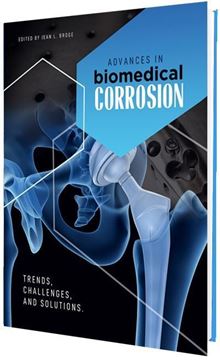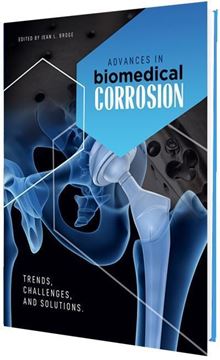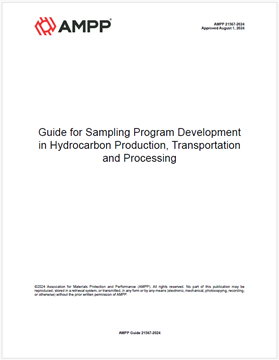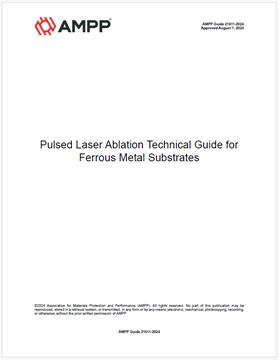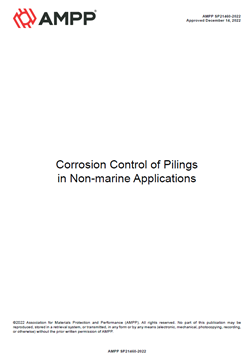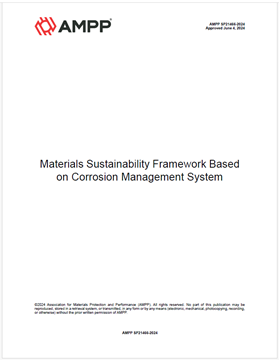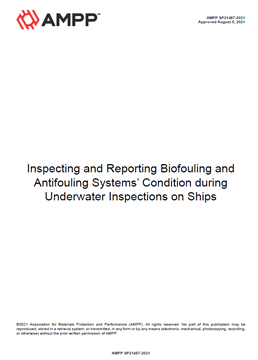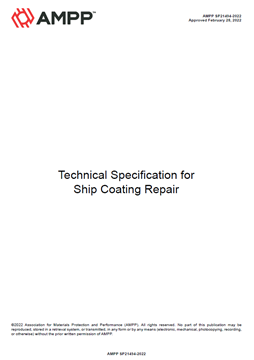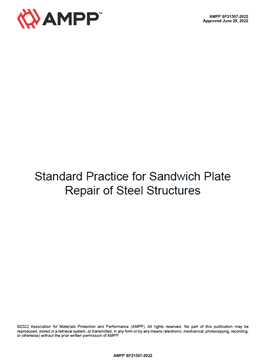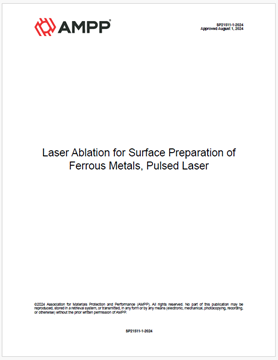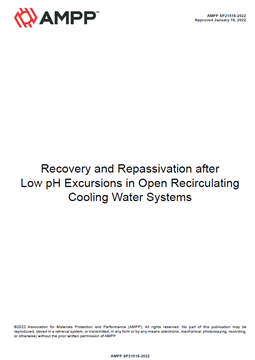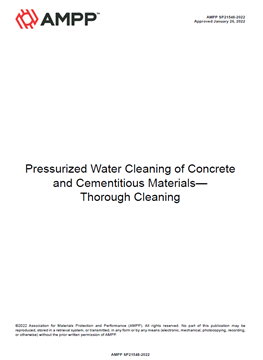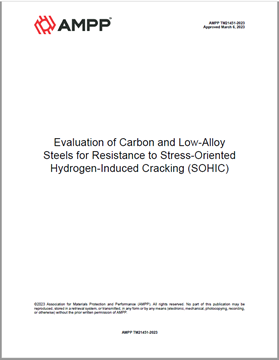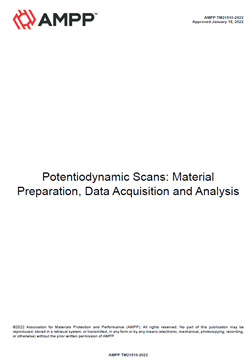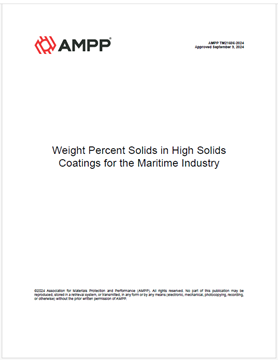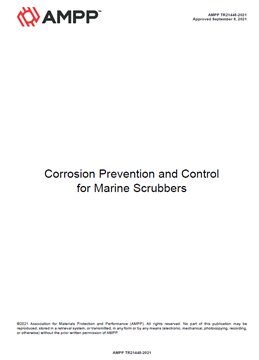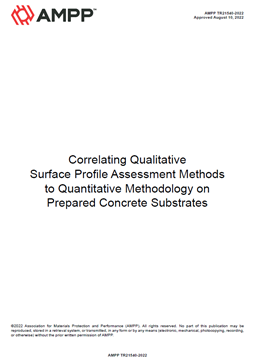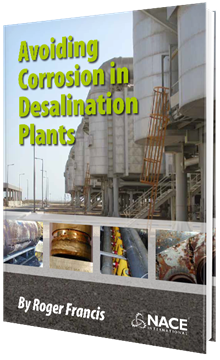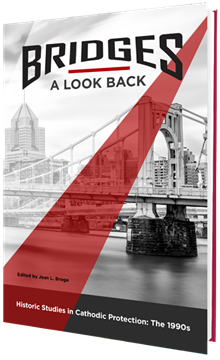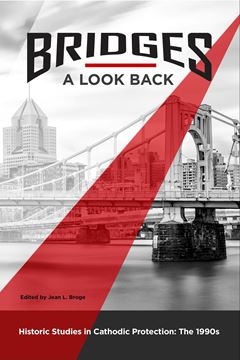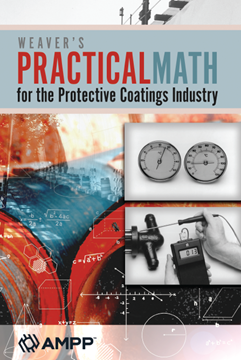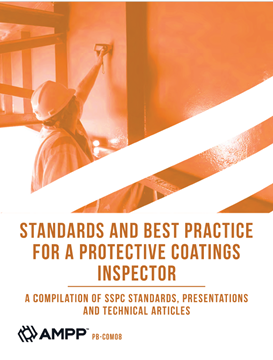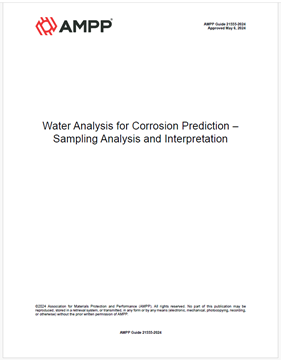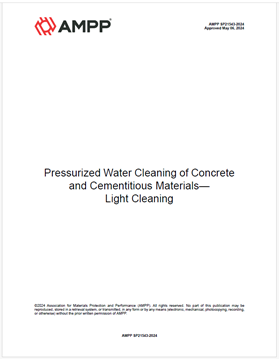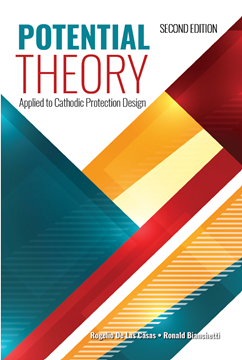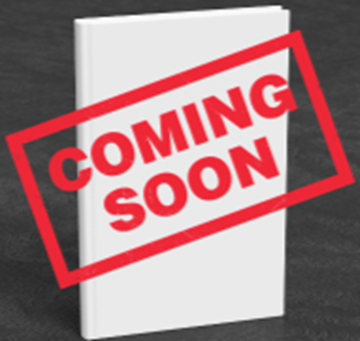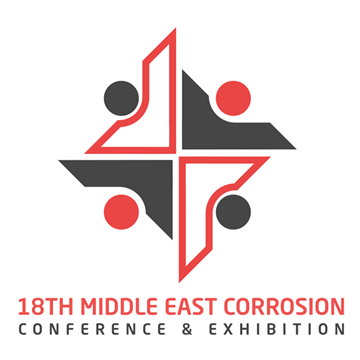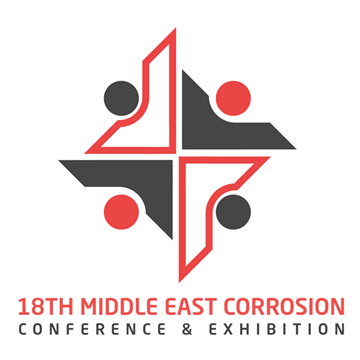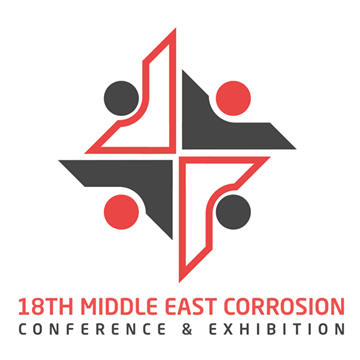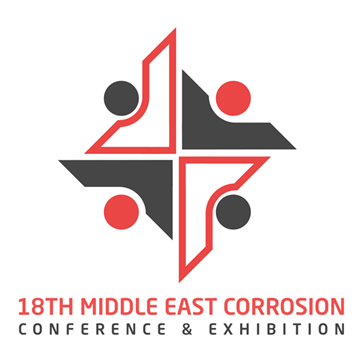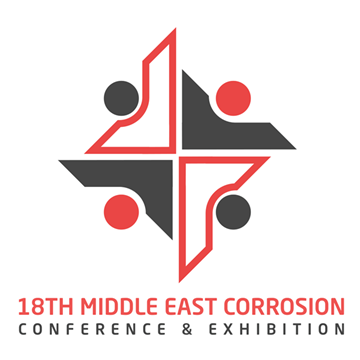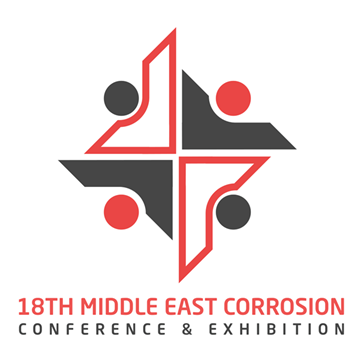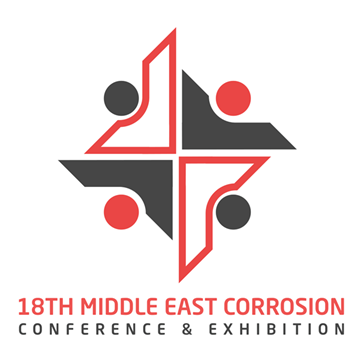AMPP Guide 21567-2024, Guide for Sampling Program Development in Hydrocarbon Production, Transportation and Processing
AMPP Guide 21611-2024, Pulsed Laser Ablation Technical Guide for Ferrous Metal Substrates
AMPP SP21460-2022, Corrosion Control of Pilings in Non-marine Applications
AMPP SP21466-2024, Materials Sustainability Framework Based on Corrosion Management System
AMPP SP21487-2021, Inspecting and Reporting Biofouling and Antifouling Systems’ Condition during Underwater Inspections on Ships
AMPP SP21494-2022, Technical Specification for Ship Coating Repair
AMPP SP21507-2022, Standard Practice for Sandwich Plate Repair of Steel Structures
AMPP SP21511-1-2024, Laser Ablation for Surface Preparation of Ferrous Metals, Pulsed Laser
AMPP SP21518-2022, Recovery and Repassivation after Low pH Excursions in Open Recirculating Cooling Water Systems
AMPP SP21548-2022, Pressurized Water Cleaning of Concrete and Cememtitious Materials - Thorough Cleaning
This standard is intended for use by coating or lining specifiers, applicators, inspectors, or others who require the use of pressurized water cleaning technology to achieve a defined level of visual cleanliness of concrete surfaces. This standard contains requirements for Thorough Cleaning. Requirements for Light Cleaning are addressed in a separate standard.
AMPP TM21451-2023, Evaluation of Carbon and Low-Alloy Steels for Resistance to Stress-Oriented Hydrogen-Induced Cracking (SOHIC)
AMPP TM21510-2022, Potentiodynamic Scans: Material Preparation, Data Acquisition and Analysis
This standard provides a method for collecting reproducible potentiodynamic data, enabling the comparison of data across various experiments and laboratories. This method is intended for those with experience in potentiodynamic data collection across all of industry and academia. This method has been adapted from Appendix B of MIL-STD-889. Users interested in submitting data for acceptance into MIL-STD-889 shall refer to the latest version of MIL-STD-889


